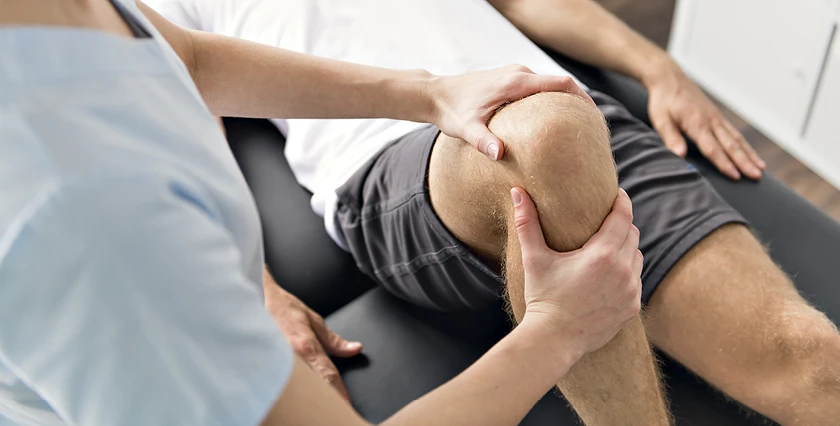Kinds of Sports Rehabilitation
Sports rehabilitation is a specialized field focused on helping athletes recover from injuries, regain strength, and prevent future damage. It involves a variety of therapies and techniques designed to restore physical function and improve performance. Whether an athlete suffers from a minor strain or a severe injury, rehabilitation programs are tailored to their specific needs. These programs not only promote healing but also enhance mobility, flexibility, and endurance, enabling athletes to return to their sport safely. Below, we explore the most common types of sports rehabilitation.
Types of Sports Rehabilitation
Physical therapy is one of the most widely used methods in sports rehabilitation. It focuses on restoring movement and strength through targeted exercises, manual therapies, and stretching routines. Physical therapists evaluate an athlete’s condition, create personalized treatment plans, and monitor progress throughout recovery. Techniques such as ultrasound therapy, electrical stimulation, and heat or cold applications are often incorporated to relieve pain and reduce inflammation. Physical therapy is particularly beneficial for muscle strains, ligament tears, and post-surgical recovery.
Aquatic therapy utilizes water-based exercises to support rehabilitation. Water provides natural resistance, which helps strengthen muscles without placing too much stress on joints and tissues. This form of therapy is especially useful for athletes recovering from knee or hip surgeries, as it allows them to move freely with reduced pain. Aquatic therapy sessions may include swimming, water aerobics, and resistance training, promoting flexibility, balance, and endurance.
Chiropractic care focuses on spinal alignment and joint adjustments to relieve pain and improve mobility. Many athletes experience joint misalignment due to repetitive movements or impact injuries. Chiropractors use manual manipulation techniques to restore proper alignment, enhance nerve function, and support healing. This method is effective for treating back pain, neck injuries, and joint dysfunctions. Chiropractic adjustments can also improve posture and reduce muscle tension, providing long-term benefits for athletes.
Massage therapy is an essential component of sports rehabilitation, aimed at improving circulation, reducing muscle tension, and enhancing relaxation. It involves various techniques, including deep tissue massage, trigger point therapy, and myofascial release. Athletes often use massage therapy to accelerate recovery, alleviate soreness, and prepare muscles for intense physical activity. It also helps prevent scar tissue formation and maintains flexibility during the healing process.
Strength and conditioning programs are designed to rebuild muscle strength, improve endurance, and enhance athletic performance. These programs typically combine weight training, resistance exercises, and functional movements tailored to an athlete’s specific sport. Trainers and physical therapists work together to create progressive routines that ensure gradual recovery and minimize the risk of re-injury. Such programs also emphasize core stability and balance training, which are crucial for maintaining proper posture and alignment.
Benefits of Sports Rehabilitation
- Pain relief and inflammation reduction
- Improved mobility, flexibility, and strength
- Faster recovery from injuries and surgeries
- Prevention of re-injuries and chronic issues
- Enhanced athletic performance and endurance
- Mental confidence and reduced anxiety about re-injury
Types of Sports Rehabilitation Techniques
| Technique | Key Benefits | Suitable For |
|---|---|---|
| Physical Therapy | Restores movement, reduces pain, and strengthens muscles | Strains, tears, post-surgical recovery |
| Aquatic Therapy | Low-impact exercises to improve mobility | Joint surgeries, chronic pain management |
| Chiropractic Care | Realigns joints, relieves pain, and improves posture | Back and neck injuries, joint dysfunctions |
| Massage Therapy | Enhances circulation, reduces muscle tension | Muscle soreness, scar tissue prevention |
| Strength & Conditioning | Builds strength, endurance, and flexibility | Rehabilitation and performance enhancement |
In conclusion, sports rehabilitation plays a vital role in helping athletes recover from injuries and achieve peak performance. With various techniques available, athletes can benefit from customized programs that address their unique needs. Whether through physical therapy, aquatic therapy, or strength training, these approaches ensure faster recovery and long-term success.

